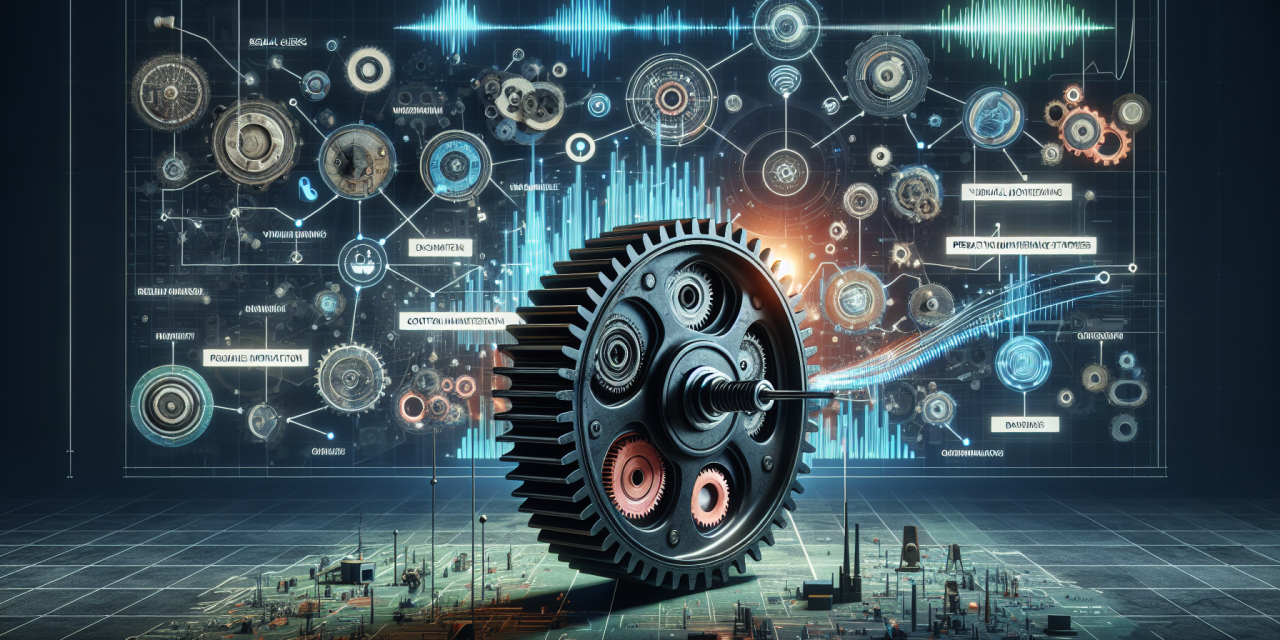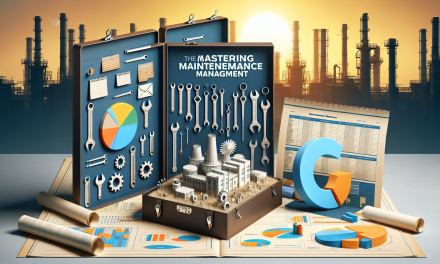Table of Contents
- Understanding Machinery Failure
- The Role of Vibration in Machinery Failure
- Predictive Maintenance Overview
- Benefits of Predictive Maintenance
- Tools and Techniques for Predictive Maintenance
- Vibration Analysis Certification
- FAQs
- Conclusion
Understanding Machinery Failure
Machinery plays a pivotal role in various industries, delivering efficiency and productivity. However, failures in machinery can lead to significant downtime and financial losses. To grasp the significance of machinery failure, let’s explore the underlying causes and implications. Machines can fail due to multiple reasons, including wear and tear, improper installation, lack of maintenance, and external factors like environmental conditions. More importantly, understanding these causes is critical for preventing future issues, which is why we need to stay proactive.
The Role of Vibration in Machinery Failure
Vibration serves as both a symptom and a diagnostic tool for machinery failure. When machinery operates, it generates vibrations. Healthy machinery produces consistent vibration patterns; however, abnormal vibrations can signal impending failures. This aspect highlights the importance of monitoring vibration to assess the condition of equipment.
For instance, excessive vibration often indicates problems such as misalignment, unbalanced components, or bearing failure. By recognizing these patterns early, operators can take corrective actions, thus avoiding costly repairs and lengthy downtimes.
The Science Behind Vibration Analysis
Vibration analysis involves the process of measuring and interpreting vibrations to identify equipment condition. This scientific approach employs various tools and techniques to capture vibration data and analyze it. Engineers analyze parameters such as frequency, amplitude, and phase to ascertain machinery health.
In addition, vibration analysis can also reveal information about the operational efficiency of machines. For example, if a motor runs smoothly within design specifications, it uses energy optimally. Conversely, if issues arise, excessive energy consumption can lead to increased operational costs, emphasizing the need for vigilance in monitoring vibration.
Predictive Maintenance Overview
Predictive maintenance integrates various technologies to foresee potential failures before they occur, ensuring machinery runs optimally. By combining vibration analysis with other predictive methods, operators can anticipate malfunctions. Moreover, predictive maintenance relies on data analysis to improve decision-making processes.
This proactive management facilitates timely repairs, thus enhancing equipment lifespan and reliability. Unlike traditional maintenance strategies that operate on pre-set schedules, predictive maintenance helps to address issues as they arise, keeping operational costs low.
Key Components of Predictive Maintenance
1. Condition Monitoring: Continuous observation of machinery performance to catch any unusual behavior.
2. Data Analysis: Reviewing data patterns to interpret machinery status accurately.
3. Action Plan Development: Establishing a strategy based on predictive insights, which may include scheduling repairs or sourcing replacement parts.
4. Training and Certification: Equipping team members with the necessary skills to ensure proper implementation of predictive strategies.
Benefits of Predictive Maintenance
The advantages of implementing predictive maintenance are profound. First and foremost, it minimizes unplanned downtimes, which can be financially devastating. Additionally, predictive maintenance prolongs machinery lifespan, maximizes equipment utilization, and improves overall operational efficiency.
Furthermore, predictive techniques can lead to significant cost savings. A well-structured maintenance program can reduce labor costs, spare parts expenditure, and energy consumption. Figure in environmental considerations, predictive maintenance aligns with sustainability objectives by lowering waste and conserving resources.
Tools and Techniques for Predictive Maintenance
Various tools support predictive maintenance, enabling organizations to engage in effective vibration analysis and monitoring. A few common tools include:
- Vibration Sensors: Devices that monitor vibrations, often providing real-time data for analysis.
- Data Acquisition Systems: Equipment that captures vibration data for in-depth analysis.
- Software for Data Analysis: Applications designed to interpret vibration data and highlight trends.
- Thermography Equipment: Tools that measure temperature variations, which can indicate underlying mechanical issues.
Moreover, software solutions can assist in creating predictive models. These models use historical data to forecast future machine behavior. By analyzing these trends, technicians can make informed decisions about maintenance schedules.
Vibration Analysis Certification
Gaining expertise in vibration analysis and predictive maintenance is essential for those in the field. This knowledge not only enhances an individual’s skill set but also adds value to organizations. One such opportunity for acquiring this critical knowledge is through the Vibration Analysis & Predictive Maintenance Certification. This certification empowers professionals to recognize and address machinery issues proficiently.
FAQs
What happens during predictive maintenance?
During predictive maintenance, teams monitor machinery performance to identify symptoms of potential failures. They analyze data and implement actions to prevent unexpected breakdowns.
How does vibration analysis contribute to predictive maintenance?
Vibration analysis provides critical insights into machine condition, allowing teams to detect abnormalities that may indicate a potential failure. This data guides maintenance efforts efficiently.
Can predictive maintenance reduce costs?
Absolutely! Predictive maintenance minimizes unplanned downtimes and extends equipment longevity, which ultimately leads to significant cost savings.
Is training necessary for implementing predictive maintenance?
Yes, effective implementation of predictive maintenance requires adequate training and knowledge. Well-trained personnel can interpret data effectively and take appropriate action.
Where can I learn more about maintenance techniques?
For additional resources on methodologies, consider reading about effective road and infrastructure maintenance training, troubleshooting maintenance and protection of AC electrical motors, heat transfer in the process industry, rotating equipment optimization strategies, and process plant optimization.
Conclusion
In summary, understanding machinery failure and vibration issues is integral to developing effective predictive maintenance strategies. Recognizing the importance of vibration analysis allows professionals to minimize downtime, reduce maintenance costs, and enhance operational efficiency. Therefore, investing in training and certification can equip teams with the necessary skills to tackle these challenges effectively. In a rapidly evolving industry landscape, embracing predictive maintenance not only ensures reliability but also contributes to sustainable practices and cost-effective operations.





